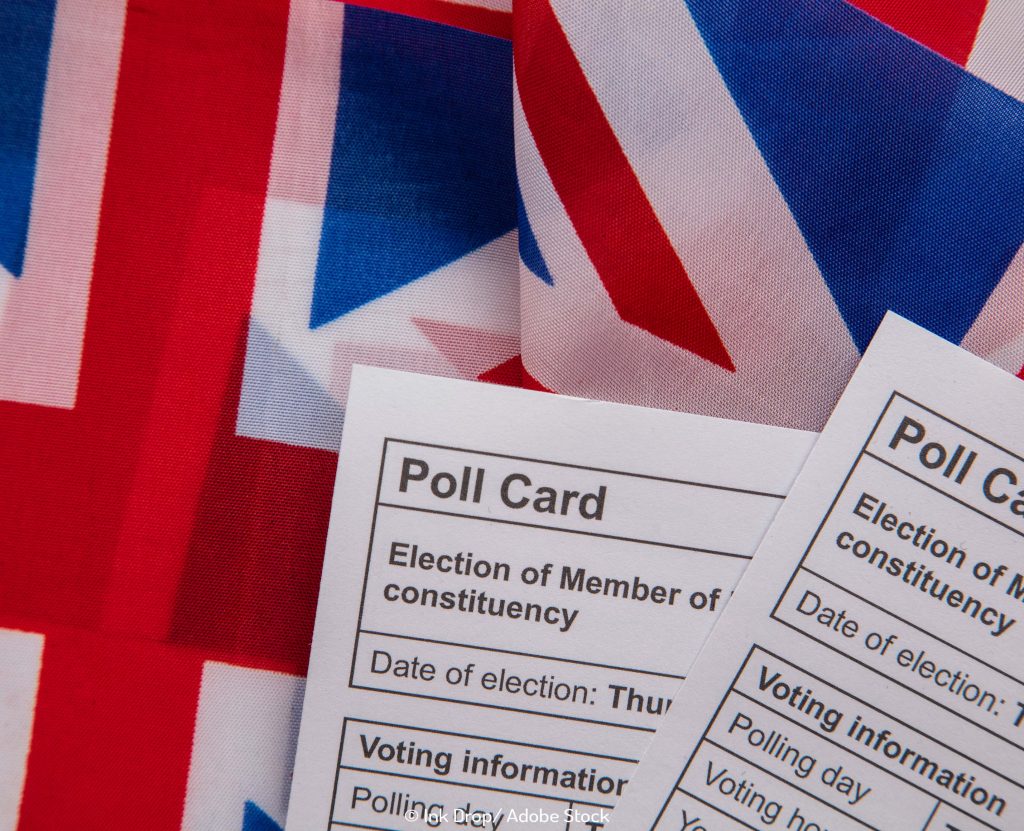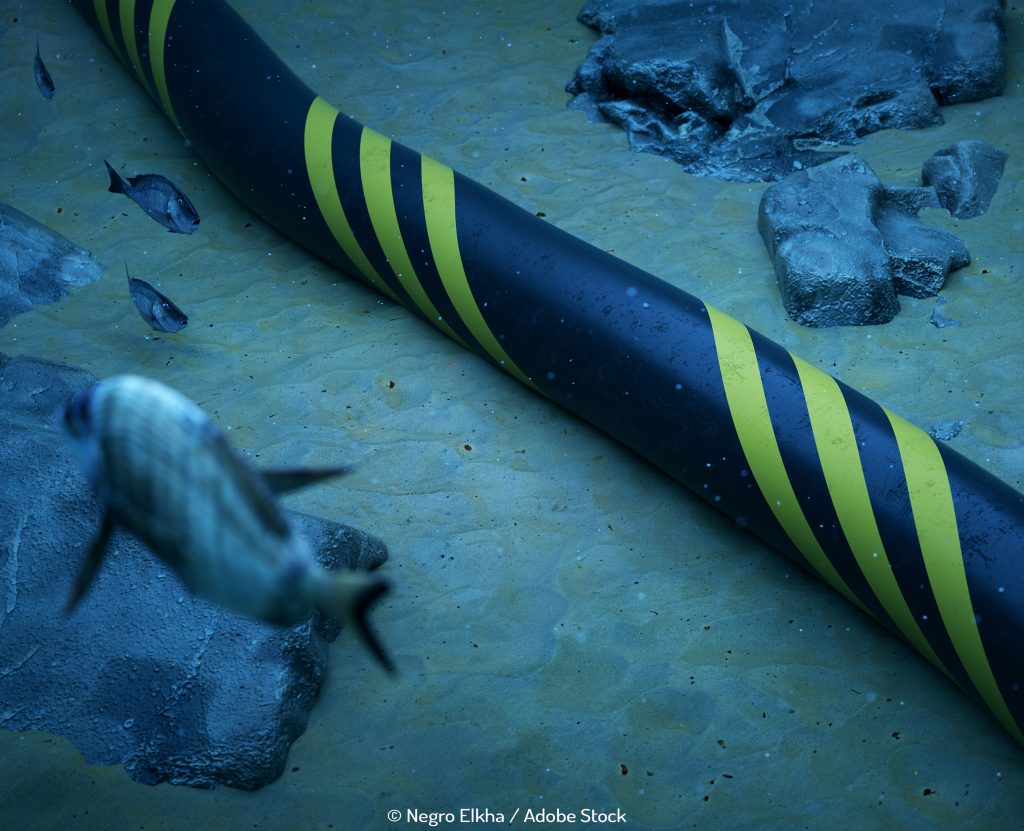Renewables: 2018 Outlook
“A new era in UK energy”
One of the most significant points in the calendar came in September, when energy from offshore wind became cheaper to generate than energy from nuclear power stations. And even more impressive was the fact that this had occurred so quickly. When companies were awarded contracts to generate power in 2021 – 22, the price to produce was £74.75 per MWh. The companies that received contracts to produce power in 2022 – 23 were getting subsidies of £57.60. To contrast, EDF got contracts to build Hinkley C which stood at £92.50.
RenewableUK’s Hugh McNeal was positively cock-a-hoop, calling the breakthrough astounding: “Record-breaking cost reductions like the ones achieved by offshore wind are unprecedented for large energy infrastructure.”
It’s thanks to the technological advances that have created bigger turbines and higher voltage cables, as well as the abilities of wind farms to be increasingly situated in deep water. Prices have merrily slid to 47% lower than they were just two and a half years ago, when the last competitive auction results came out.
As Michael Grubb, professor of international energy and climate change policy at University College London said, this “confirm(s) a new era in UK energy.”
The Ørsted evolution
We said goodbye this year to what was DONG – much to the sadness of our less-mature members of Precise – and hello to Ørsted. This signalled the completion of the company’s evolution from Danish Oil and Natural Gas to one that was now divested of its entire oil and natural gas business. It is now a renewable energy company working towards a world that runs entirely on renewable energy. As they say on their website, they had become “too green for our name”. New business cards had to be ordered.
Henrik Poulsen, chief executive of Ørsted proclaimed: “It has never been more clear that it is possible to create a world that runs entirely on green energy. The time is now right for us to change our name to demonstrate that we want to help create such a world.”
And in case you’re scratching your heads at what Ørsted stands for, this is where it comes from: “As of 6 November, we become Ørsted, named after the Danish scientist Hans Christian Ørsted. In 1820, he discovered electromagnetism, which helped lay the foundation for the way we produce power today. His curiosity, dedication and interest in nature are essential to creating a world that runs entirely on green energy’’.
To boldly go where no wind farm has gone before..
This year the world’s first floating wind energy project became operational: the 30 MW Hywind farm park offshore Peterhead in Aberdeenshire. This has been closely watched by the industry which is keen to discover whether it’s possible for floating farms to scale up, and costs to come down – just as they have for farms which don’t float.
This would be a game-changer, by meeting not only existing demand but also open up new markets in the US and Japan. It’s been developed by Statoil which is already working on its next large-scale project – though the final destination has not been decided yet. It is confident however that floating wind farms will deliver the same benefits to costs as conventional wind farms have done in the recent past.
New world abandons rest of world (Part one)
Sadly, we can’t forget that the leader of the United States has effectively turned his back on commitments his predecessor made in the Paris Accord, to join together with all other major global powers and act to reduce global warming and lessen the advance of climate change. Although it has been his only election pledge fulfilled to date, I think I speak for us all when I say WTF?! I mean, Syria has announced plans to sign up to it.
As The Washington Post puts it: “it’s the United States against the world.”
New world catches up with old world (Part two)
We can’t leave it at that however – it’s Christmas after all! And let’s not forget how Trump does not speak for every American. And certainly not Kathy Hochul who declared: “New York intends to be the preeminent global hub for the next generation of the wind industry. Offshore wind is essential to meeting New York’s ambitious energy goal and developing 2400 MW of offshore wind will generate thousands of jobs in our state.”
There’s a good reason for the US’s growing appreciation of offshore wind power: “I’m pretty shocked with all the cost reduction developments we’re seeing by the Danish, the Dutch, the Germans,” said Stephanie McClellan, a wind power expert at the University of Delaware. “Everything is moving in the right direction.”
And by reminding ourselves of the plan in place for three states – New York, Rhode Island and Massachusetts – to develop farms with 8 GW of offshore wind capacity by 2030, it’s hard not to be impressed.
It’s not just these states. As cleantechnica reports, Offshore wind is also a hot topic in Maryland, California, and other coastal states. “You can feel the urgency to harness this new ocean energy resource coming from states and businesses competing to be first movers,” said Tom Kiernan, CEO of AWEA. “Unlocking America’s vast offshore wind potential will reliably deliver large amounts of clean power, grow jobs, and cement American energy dominance.”
2017 was not just a year when we survive Trump, it has also been a year when renewable energy – particularly in the form of offshore wind- thrived. Here’s to more in 2018.


